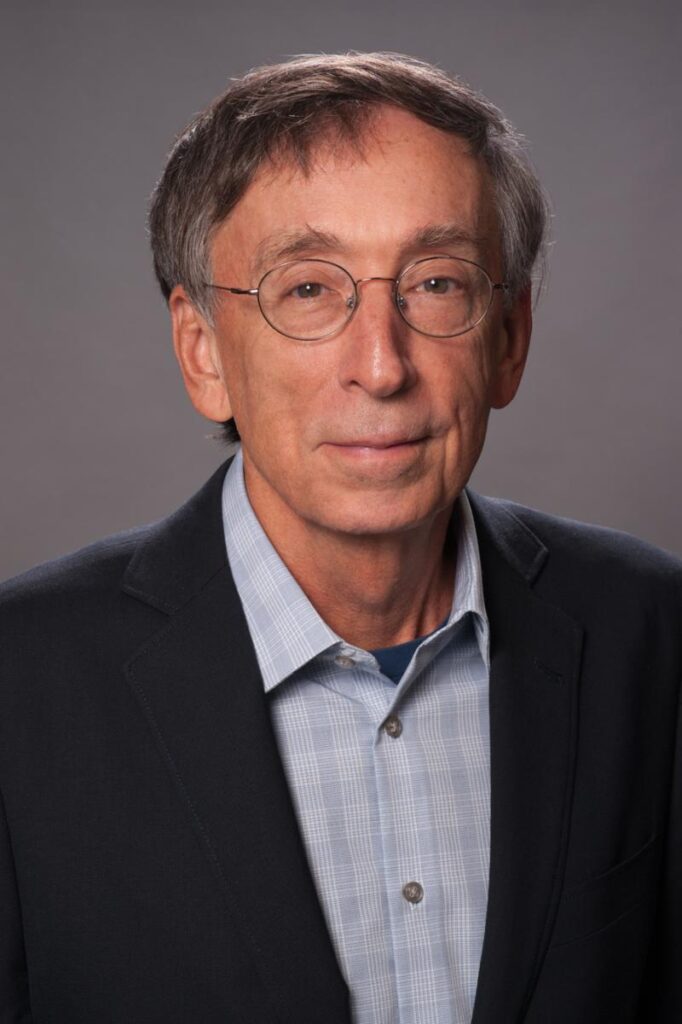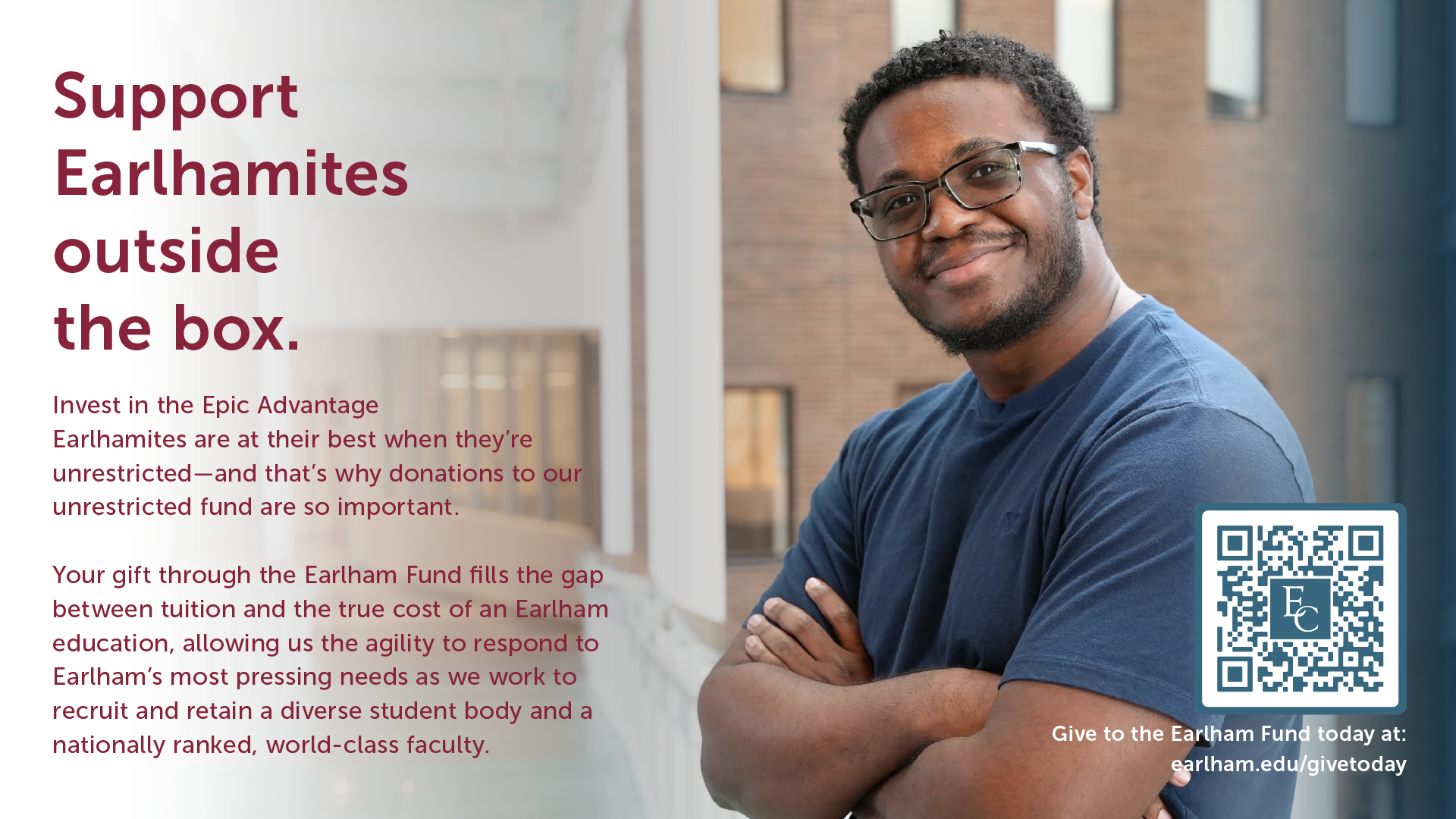
Developing new drug therapeutics in medicine can be a bit like laying one brick next to another, constantly building and adjusting for strong structures. It’s an iterative process in which test after test, reaction after reaction, chemical formulas inch progressively closer to desired treatments. Progress can be agonizingly slow, especially given the lives hanging in the balance in humanity’s struggle against disease.
These pressures are real for David A. Matthews ’65, but his work in drug discovery, including the protein structure-based method he helped pioneer decades ago, has led him to another discovery: “Really nothing is impossible.”
As a young postdoctoral research chemist at the University of California San Diego, Matthews and his colleagues began using X-ray diffraction methods to understand the structures of cellular proteins. The research had little to do with medicine, but Matthews elected to focus on the dihydrofolate reductase, or DHFR, protein, crucial to cellular replication in all organisms. The protein happened to be the target of several medically important drugs treating cancer, bacterial infection and malaria. The choice and the coincidence turned out to be of enormous consequence for Matthews and to the future of pharmaceuticals.
In 1977, Matthews was the first author for an article in Science magazine that detailed the three-dimensional structure of the cancer drug methotrexate bound to its biological target DHFR. Methotrexate binds 1,000 times more strongly to the DHFR protein than the latter’s natural companion or substrate, despite variation of only a single atom between the two molecules. Bottom line, cancer cells cannot replicate in the presence of methotrexate. Instead, they die.
Methotrexate itself was an achievement of an earlier method of drug discovery whereby a limited library of chemical com- pounds was screened and deployed in experimental reactions nearly at random. Before Matthews’ findings in Science, the exact atomic details of methotrexate binding to DHFR was a mystery. Aided by X-ray crystallography, a process that reveals atomic structures, researchers could under-
stand it.
The potential applications of their discovery were staggering: The structural knowledge provided by X-ray images could provide an “opportunity for rational design of specific chemo-therapeutic drugs.”
Faced with the magnitude of this breakthrough and committed to doing the most — and most effective — good with his innovation, Matthews came to a crossroads. He was certain that structural analysis was good for more than explaining the function of existing drug therapeutics. What else might the method reveal? And was the scientific community within academia the right setting for discovery?
“When I realized the forward-looking applications of the structural approach, it was clear to me that such work would be difficult in academia. It requires very close coordination between disciplines often siloed in universities including biochemistry, computational chemistry, medicinal chemistry and X-ray crystallography,” Matthews said.
In other words, it required entrepreneurial spirit and vision — beyond academic, pharmaceutical companies.
In 1985, Matthews was the scientific founder of Agouron Pharmaceuticals, Inc., in La Jolla, California, with the vision of “determining protein structures of therapeutic interest and then using these models to create new drugs.” In founding a company and determining the right corporate culture, Matthews looked to institutions and organizations for which he had tremendous respect. Among them, Earlham College.
“My exposure to Quaker values at Earlham, including openness, respect, integrity and simplicity, had major impacts on our business approach,” Matthews said. Agouron had a “flat” administrative structure, an appealing arrangement that attracted numerous young and emerging scientists interested in interdisciplinary work in a climate of respect.
The name Agouron itself reflects these principles. It comes from the Greek “agora,” meaning a common square or marketplace of ideas. When the company later went public, Agouron con- ducted a study to test less esoteric names for the company. Ultimately, Agouron stuck because it fit.
Matthews was born in 1943 in the midst of World War II. He was heading into junior high school in Northern Virginia when the Supreme Court ruled in Brown v. Board of Education in 1954.
As segregationist Virginia institutions mounted campaigns of massive resistance to integration, Matthews’ family stood firmly on the integrationist side of the struggle. His mother was arrested at multiple sit-ins. Matthews was a math tutor to one of the first four Black students admitted to his previously all-white high school. His parents and sister attended the March on Washington for Jobs and Freedom in 1963.
Matthews and his new company upheld similar values as they stood ready to meet one of the most urgent medical challenges of the 20th century. In the early 1980s, hospitals observed a shocking increase in rare, opportunistic infections and cancers primarily among gay men and injection drug users with no other known impairments to immunity. By September 1982, AIDS had been named but there was no treatment for the human immunodeficiency virus, or HIV, that caused it. The National Institutes of Health sought proposals for structure-based approaches to HIV therapeutic design, and Agouron was one of six groups awarded grants to do the work. Matthews was the principal investigator in Agouron’s HIV/AIDS research arm.
As a first-year student at Earlham College in 1961, Matthews had what amounted to a transformation in his scientific education. His high school chemistry had been based on rote memorization. At Earlham, professors more actively engaged him in understanding the theory of covalent chemical bonding.
“It was literally a roadmap for what I did in graduate school and beyond,” Matthews said. In other words, the road to Viracept, the leading first-generation HIV protease inhibitor drug for treating HIV and AIDS, ran through Richmond, Indiana. It was Agouron’s greatest early breakthrough and provided what, at the time, was the most successful first-year biotech drug launch in U.S. history.
With the winds of success at their backs, Matthews and his partners at Agouron continued to grow their company. By the time it merged with Warner-Lambert in 1999, Agouron had 1,500 employees in the San Diego area. The next year, the merged companies were acquired by Pfizer.
Throughout the growth, mergers and takeovers, Matthews held fast to his mission of developing life-saving drug therapeutics. In the face of the severe acute respiratory illness outbreak caused by the SARS-CoV-1 virus in the early 2000s, Agouron was able to translate research on the virus that causes the common cold into potential leads for drugs to treat SARS.
“Pfizer pulled out all the stops. It was a huge drug discovery initiative. By 2004, former Agouron labs in San Diego, now called Pfizer La Jolla, had a clinical candidate, but fortunately SARS-1 never became the pandemic that SARS-2, the virus that causes COVID-19, became,” Matthews said.
Research into SARS-1 therapeutics in the early 2000s was far from wasted, however. It became the basis for Pfizer’s drug discovery campaign in the face of the COVID-19 pandemic that began in 2020, giving the pharmaceutical company a significant head start over competitors racing to discover effective treatments. The result was Paxlovid, an oral antiviral containing the drugs nirmatrelvir and ritonavir used to treat mild-to-moderate COVID-19 in adults.
In other words, scientists put Pfizer La Jolla’s clinical candidate for SARS-1 in a freezer and took it out when they needed it over a decade later, further optimizing it for enhanced oral bioavailability. The structure-based approach worked exactly as its pioneers had hoped. Discoveries on one viral front lead to discoveries on others, and protein structure-modeling empowers researchers to anticipate drug needs before they arise.
Brick by brick, progress toward a therapeutic treatment for Covid-19 could have been slow. Thanks to innovators such as Matthews, real-time developments appeared to materialize miraculously fast.
“There hasn’t been anywhere near sufficient appreciation of the breakthrough status of Paxlovid,” said Matthews. “Every few months, a mutated form of the virus requires a reformulated vaccine. Paxlovid acts at the highly conserved substrate binding site of a key virally encoded protein absolutely required for viral replication. It works against all known SARS variants.”
In April 2005, Matthews retired from Pfizer. He has had anything but a traditional retirement. He served on the Expert Scientific Advisory Committee for the Medicines for Malaria Venture. He has been a leader in the Bill and Melinda Gates Foundation drug discovery initiatives for malaria and tuberculosis. He supports pharmaceutical capacity building in developing countries helping to relieve dependencies on foreign drug companies that often fail to focus sufficiently on regionally urgent medical needs.
“Pharma companies often get criticized for making decisions based mainly on profit,” said Matthews. “Profits are important for these companies to survive. But my experiences working with the Medicines for Malaria Venture and the Bill and Melinda Gates Foundation is that pharmaceutical companies are now much more willing to bring their massive resources to bear on global health initiatives including those of the developing world.”
Even in retirement, Matthews has found ways to stay engaged in drug discovery using structure-based approaches, an innovation for which he is widely known. ■
Story by Michael Hagan. Photo courtesy of David Matthews.
